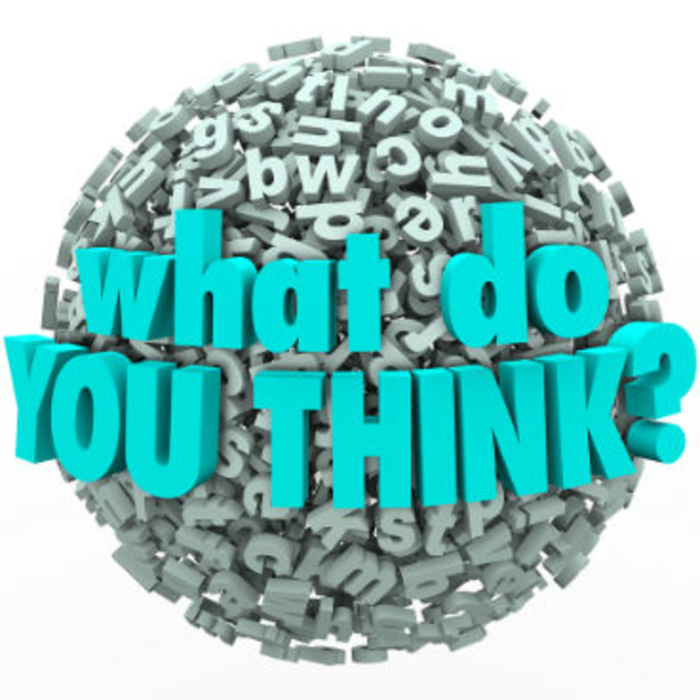Marketers today are finding themselves more frequently in situations they never would have predicted when it comes to their participation in the global community. As various political and social action groups demand changes in laws, or respond to what they see as injustices in their communities, these groups are turning to a weapon that they have come to see as more powerful than any other—money.
Except for employing industry lobbyists and making quiet donations to specific candidates, most brands were only rarely connected to the politics of our world. But now, not only are some brands taking strong public stands on topics such as gay rights, racism, and the environment, they’re sometimes being dragged into these controversies by consumers. Consumers have learned that multi-billion dollar corporations often wield more power than government entities or activist groups alone.
How did this happen? How did marketers get thrown into the ring, battling social issues instead of just selling soft drinks or fast food?
Power of the now
The biggest source of fuel driving this change is the speed at which information and opinions travel today. Digital media has transformed one person with a smartphone into a potential match that can begin a forest fire of public opinion in a matter of hours. Online petitions spring up and seem to have tens or even hundreds of thousands of signatures overnight. Likewise, brands can find their inboxes bursting with emails from consumers demanding action—all from a simple public request from a person with a cause and a point of view that can be sold to millions of people instantly. In the not-so-distant past, letter-writing campaigns tried to achieve similar goals. But today, social media and blogs provide the instant access and easy participation that multiplies in minutes to impact brands—which often struggle to respond as quickly.
Marketers opened the door
Similarly, digital information sharing has provided more transparency into the inner workings of corporations than ever before, with the result that more and more companies are declaring their positions on certain social and political issues in an attempt to show loyal consumers that they share their values.
And consumers are taking notice. Some are starting to expect brands to do more than market products. Every time a brand takes a stand on a hot issue, it makes some consumers wonder how competitive brands feel about that same issue. Social media provides an easy way to demand brands take a position if they have expressed none. It’s getting harder for brands to sit on the sidelines, out of the daily stream of issues on people’s minds. Increasingly, being “neutral” on hot social issues is an impossible place to be for big (or even some smaller) brands. It’s natural that smart consumers see the potential to leverage brand dollars and influence behind a hot button issue when they see how successfully some brands do so for themselves.
It’s all input, it’s all dialogue
Another factor in the trend is a changing consumer mindset when it comes to the blurred lines between brand marketing, entertainment, and world news. Many people see it all as “input” that comes to them through the same channels. Today’s information seeker is flipping quickly back and forth between news tweets, online social engagement, and digital marketing messages.
A brand speaking to a consumer is now an experience not much different from a friend or a trusted news source speaking to a consumer. Brands are even inviting consumers to talk back. Brands now think in terms of dialogue, with the ultimate relationship being defined as one that is give and take between brands and their loyalists. This gives consumers the feeling that brands want to hear their opinions on more than just what price they charge or what package change they are considering.
Consumers feel their power
With brands inviting input from consumers—actually in many cases measuring the success of their relationships with consumers by how many comments or pieces of input they receive— the door has been opened for consumers to not simply like brands but to also make demands and get responses. Today consumers are feeling increasingly that they have a vote in how their favorite brands respond to issues in the world.
What must brands do?
What are brands to do about this? To start, they need to really understand their “brand calling.” Why does the brand exist—not the benefits and features, but what it stands for, its soul. Brands today need to weigh every sponsorship and communication channel. What possible political and social territory could each new relationship provide for the brand, wanted and unwanted, intended and unintended? Weigh the risks. Also, look at the competitors in the category. What issues are they supporting? Sometimes connections to environmental or political hot button issues are obvious. Sometimes they are on the horizon when you consider the changes in world politics and consumer awareness trends.
Most of all, brands should look at what the underlying weapon is in these battles—money. Where is the brand spending its money and where is it making a profit? Put yourself in the shoes of someone wanting to fight for a position on an issue. Does where your brand spends its money or reaps its profits make you a logical weapon in the fight for a cause? If so, be prepared—or even preempt the discussion—by taking a stand. Or reconsider your marketing plan to make sure you’re making choices that you can live with and defend as consumers become more aware of their power to pressure brands for social change.
Brad Fuller is US managing director at full-service marketing agency RIVET Global. A 20+ year marketing industry veteran, he has worked at numerous agencies, including Momentum, Glennon, and Zipatoni. His client experience covers a broad spectrum of accounts in categories from CPG to QSR, including financial services, soft drinks, hardware, beer, and baby products.








